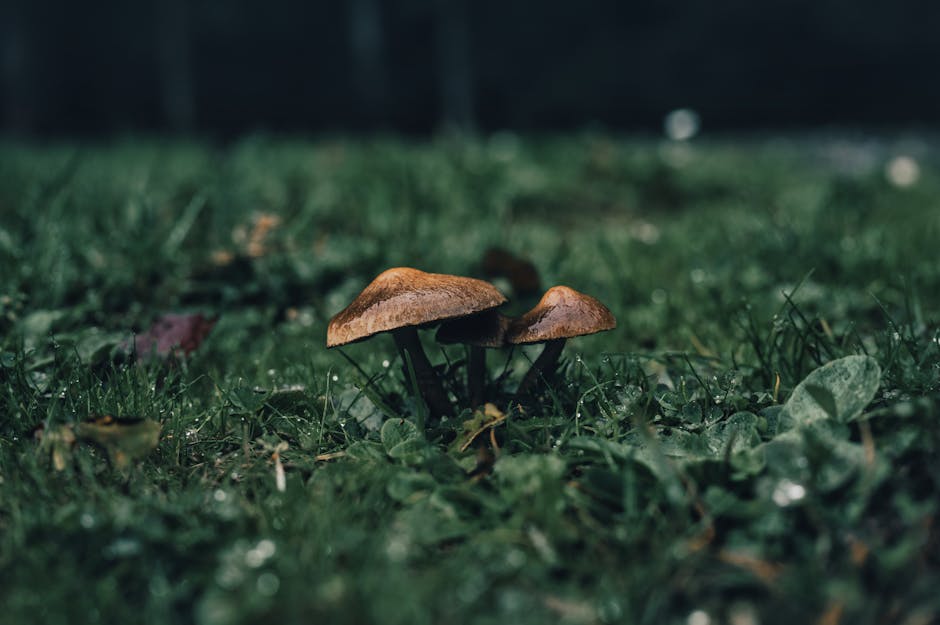
How to Identify Common Forest Plants and Animals
Do you love spending time in nature and want to learn more about the flora and fauna that inhabit our forests? Identifying common forest plants and animals can be a rewarding experience and open a whole new world of knowledge. Whether you are a beginner or have some experience, this guide will help you sharpen your skills and become more confident in identifying the diverse species you may encounter.
Plant Identification Tips:
- Become familiar with the common tree species found in your region. Pay attention to their leaves, bark, and overall shape. Field guides and online resources can be helpful references.
- Observe the growth patterns and reproductive structures of plants. Flowers, seeds, and fruits can provide valuable clues for identification.
- Take note of the habitat where a plant is found. Soil type, sunlight, and water availability can influence the types of plants that thrive in a particular area.
Animal Identification Tips:
- Listen and observe. Many forest animals can be identified by their distinct calls or behavior. Use field guides or mobile apps to help identify bird songs and animal sounds.
- Look for tracks, footprints, and nests. Pay attention to the size, shape, and patterns left behind. These can lead you to the identity of the animal.
- Learn about animal behavior and habits. Knowing where and when certain animals are most active can increase your chances of spotting them.
Remember, identification can be challenging, and it's okay to seek assistance when uncertain. Joining local nature clubs, attending guided hikes, and participating in citizen science projects can provide opportunities to learn from experts and fellow enthusiasts.
